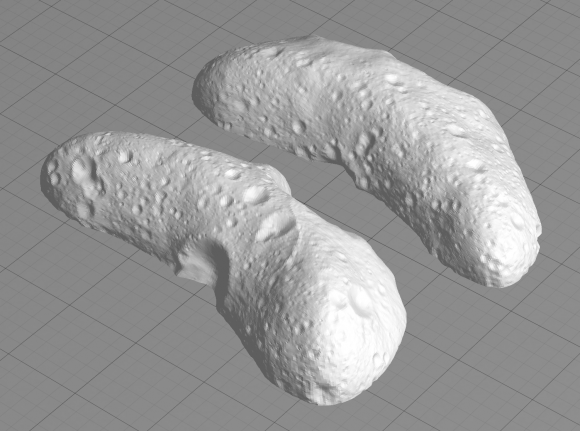To celebrate the 15th anniversary of NASA’s Chandra X-ray Observatory, four new images of supernova remnants are being released. These spectacular cosmic vistas are the glowing debris fields that were created when massive stars exploded at the ends of their lives.
Fifteen years ago, NASA’s Chandra X-ray Observatory was launched into space aboard the Space Shuttle Columbia. Since its deployment on July 23, 1999, Chandra has helped revolutionize our understanding of the universe through its unrivaled X-ray vision.
Chandra, one of NASA’s current “Great Observatories,” along with the Hubble Space Telescope and Spitzer Space Telescope, is specially designed to detect X-ray emission from hot and energetic regions of the universe.
With its superb sensitivity and resolution, Chandra has observed objects ranging from the closest planets and comets to the most distant known quasars. It has imaged the remains of exploded stars, or supernova remnants, observed the region around the supermassive black hole at the center of the Milky Way, and discovered black holes across the universe. Chandra also has made a major advance in the study of dark matter by tracing the separation of dark matter from normal matter in collisions between galaxy clusters. It also is contributing to research on the nature of dark energy.
To celebrate Chandra’s 15th anniversary, four new images of supernova remnants – the Crab Nebula, Tycho, G292.0+1.8, and 3C58 – are being released. These supernova remnants are very hot and energetic and glow brightly in X-ray light, which allows Chandra to capture them in exquisite detail.
“Chandra changed the way we do astronomy. It showed that precision observation of the X-rays from cosmic sources is critical to understanding what is going on,” said Paul Hertz, NASA’s Astrophysics Division director in Washington. “We’re fortunate we’ve had 15 years – so far – to use Chandra to advance our understanding of stars, galaxies, black holes, dark energy, and the origin of the elements necessary for life.”
via NASA’s Chandra X-ray Observatory Celebrates 15th Anniversary | NASA.




